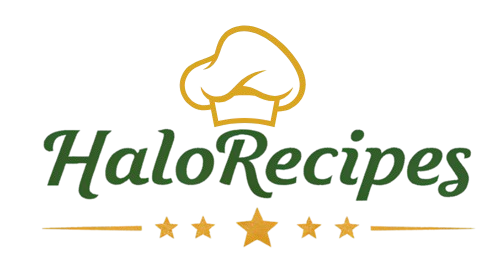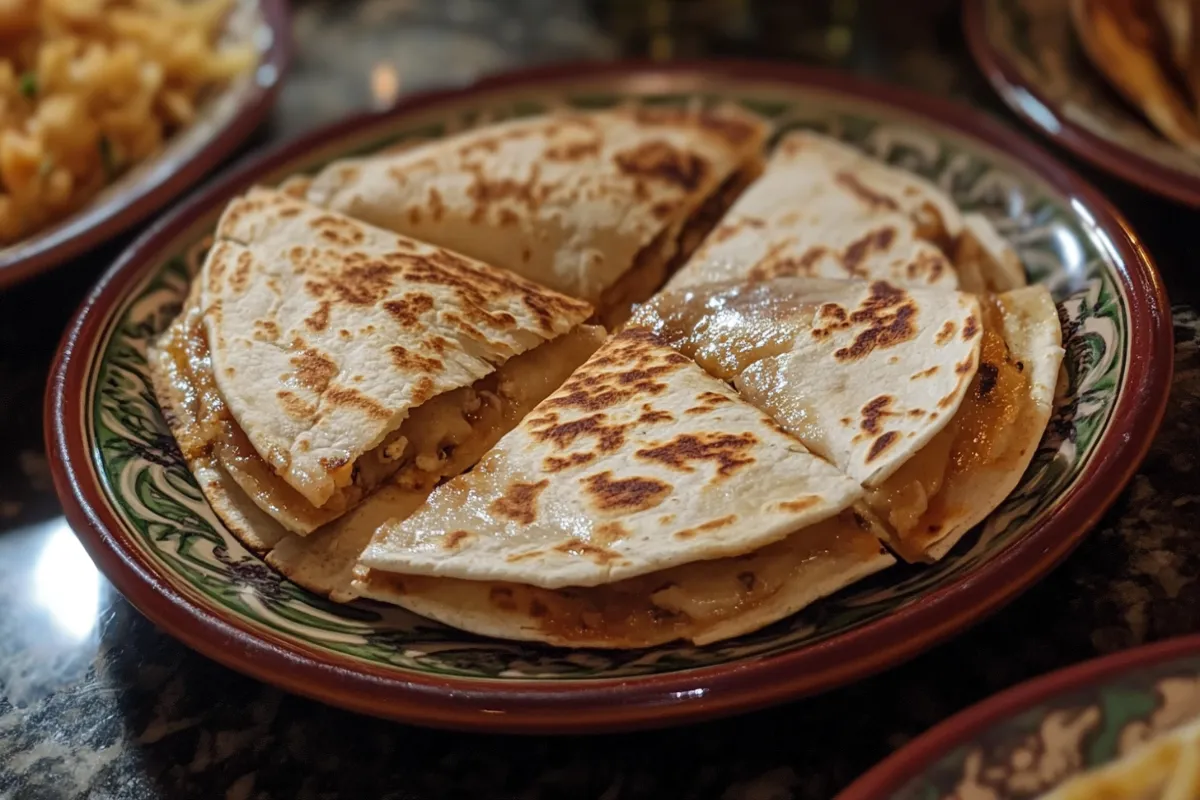Table of Contents
- Introduction
- What is a Salvadoran Quesadilla?
- Ingredients and Texture
- The Historical Roots of Salvadoran Quesadillas
- Colonial Influence on Salvadoran Cuisine
- How Salvadoran Quesadillas Evolved Over Time
- Cultural Importance of Salvadoran Quesadillas
- An Integral Part of Daily Life
- Quesadillas in Salvadoran Diaspora Communities
- How Salvadoran Quesadillas Spread Around the World
- The Role of Migration in Spreading Salvadoran Cuisine
- How to Make a Traditional Salvadoran Quesadilla
- Ingredients
- Instructions
- Nutritional Benefits of Salvadoran Quesadillas
- Gluten-Free with Rice Flour
- Sesame Seeds: A Nutritional Powerhouse
- Cheese: Protein and Calcium Rich
- Regional Variations of Salvadoran Quesadillas
- Sweeter Versions
- Lighter Textures
- FAQs
- Conclusion
—————————————————————
Introduction
Salvadoran quesadillas hold a special place in El Salvador’s culinary heritage. Unlike their Mexican counterpart, which consists of melted cheese between tortillas, Salvadoran quesadillas are sweet, cake-like treats. They’re enjoyed as a breakfast food or a snack and have deep cultural roots in the country. But where exactly did they come from, and how have they managed to spread across the world? This article explores the rich history, recipe, and cultural significance of Salvadoran quesadillas.
What is a Salvadoran Quesadilla?
When people hear the word “quesadilla,” they often think of a savory dish with melted cheese inside a tortilla. However, Salvadoran quesadillas are quite different. These are more like sweet pound cakes, traditionally made with rice flour, queso duro blanco (a salty, firm cheese), butter, sugar, eggs, and sprinkled with sesame seeds.
Ingredients and Texture
The main ingredients—rice flour and queso duro blanco—set the dish apart from other baked goods. Rice flour gives it a unique lightness and texture that makes it soft yet slightly dense, while the queso duro blanco provides a salty balance to the sweet flavors of the sugar. Sesame seeds, sprinkled on top before baking, add a nutty flavor and a bit of crunch.
Because of its light and sweet flavor, Salvadoran quesadillas are commonly enjoyed with coffee, making them a perfect treat for breakfast or an afternoon snack.
For more insight into traditional Salvadoran recipes, check out traditional Salvadoran recipes, where you can learn about variations of this recipe.
The Historical Roots of Salvadoran Quesadillas
Colonial Influence on Salvadoran Cuisine
The origin of Salvadoran quesadillas dates back to the colonial era when Spanish settlers brought bread-making techniques to Central America. At that time, most European bread and cake recipes relied on wheat flour, which was scarce in El Salvador. Salvadorans adapted by using rice flour, which was more readily available.
Rice flour gave the cake its light and airy texture, setting it apart from other European-style baked goods. Over time, Salvadorans added local ingredients like queso duro blanco, creating a dish that was distinct from European desserts while maintaining elements of the colonial recipes.
How Salvadoran Quesadillas Evolved Over Time
Initially, quesadillas were prepared for Sunday mornings and special occasions. Salvadorans would gather with family to enjoy this sweet bread with their morning coffee. This tradition became a key aspect of Salvadoran culture. Over the years, Salvadoran quesadillas became more widely available, sold in local bakeries and markets across the country.
The recipe for quesadillas has remained relatively unchanged. However, people outside of El Salvador, particularly in the United States, have adapted it by using other types of cheese like Parmesan when queso duro blanco isn’t available.
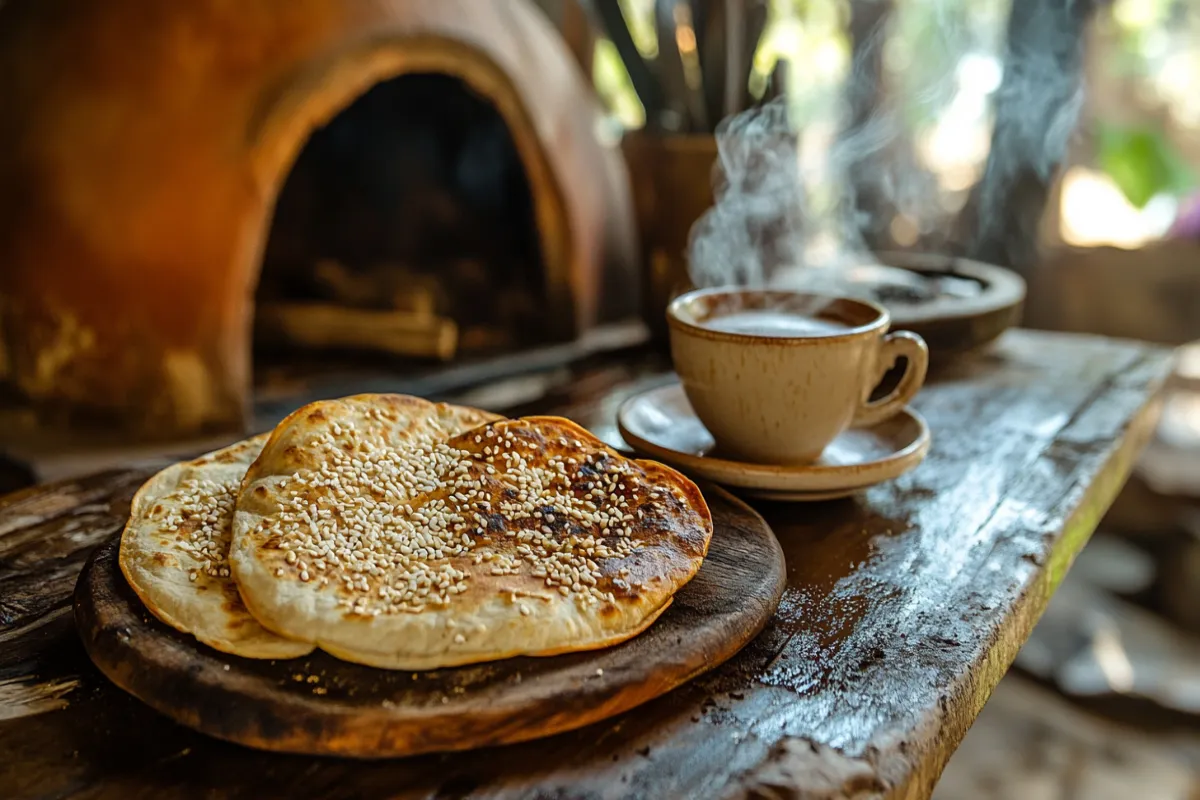
Cultural Importance of Salvadoran Quesadillas
An Integral Part of Daily Life
In El Salvador, quesadillas are not just a special treat—they’re part of everyday life. Whether they’re sold at street markets, local bakeries, or made at home, quesadillas salvadoreñas are as common as any staple food. For many Salvadorans, no breakfast is complete without a slice of quesadilla alongside a cup of strong coffee.
Beyond their role as a breakfast food, quesadillas are also enjoyed as snacks throughout the day. Their simple ingredients make them an easy yet satisfying choice for a light meal. This widespread availability has turned them into a beloved comfort food in Salvadoran households.
Quesadillas in Salvadoran Diaspora Communities
For Salvadorans living abroad, particularly in cities with large Salvadoran populations like Los Angeles, New York, and Washington, D.C., quesadillas serve as a comforting reminder of home. Salvadoran bakeries and restaurants in these areas often feature quesadillas salvadoreñas as a way to reconnect with their roots.
Over time, these bakeries have adapted the traditional recipe to suit local ingredients. Some bakeries use cheeses like Parmesan or feta as a substitute for queso duro blanco, while others may experiment with additional ingredients to cater to local tastes. Despite these adaptations, the core elements of the dish—rice flour, cheese, and sesame seeds—remain consistent.
This recipe are not only a cultural touchstone for Salvadorans living abroad but also an introduction to Salvadoran cuisine for those unfamiliar with it.
How Salvadoran Quesadillas Spread Around the World
The Role of Migration in Spreading Salvadoran Cuisine
Migration has played a crucial role in spreading Salvadoran quesadillas worldwide. Salvadorans who moved abroad, especially to the United States, brought their traditional foods with them. As Salvadoran communities grew in places like Los Angeles, San Francisco, and New York City, local bakeries and cafes began to offer Salvadoran quesadillas to cater to their tastes.
Salvadoran immigrants passed down family recipes for quesadillas, ensuring that this dish remained a beloved part of their culture. Bakeries in these communities have thrived, selling not only quesadillas but also other Salvadoran delicacies like pupusas and pan dulce.
In some cases, Salvadoran bakeries have adjusted the recipe for quesadillas to include more locally available ingredients. For example, in places where queso duro blanco is hard to find, many bakers substitute it with Parmesan or other cheeses. This allows Salvadoran quesadillas to maintain their signature flavor while being accessible to a broader audience.
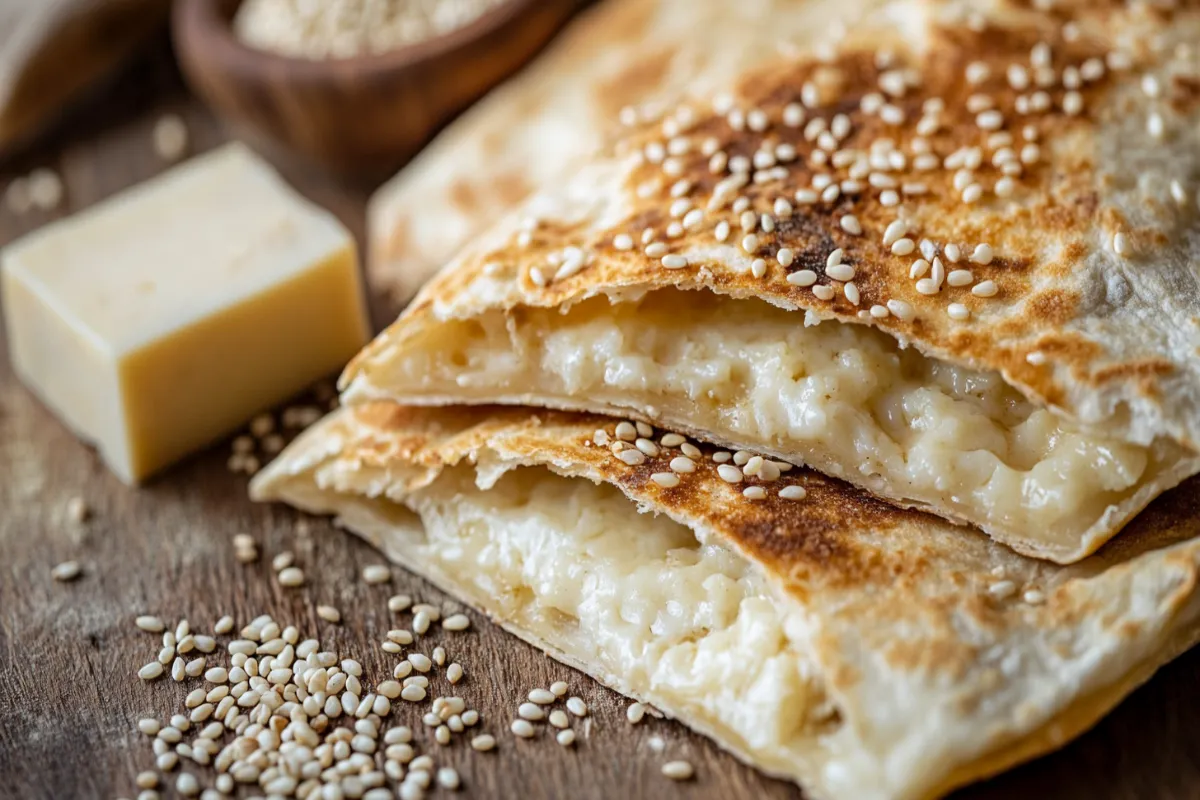
How to Make a Traditional Salvadoran Quesadilla
If you want to experience the flavors of Salvadoran quesadillas for yourself, the recipe is simple and requires only a few key ingredients. These ingredients are typically easy to find, even outside El Salvador.
Ingredients:
- 1 cup of rice flour (or all-purpose flour if necessary)
- ½ cup of queso duro blanco (or Parmesan cheese)
- 1 cup of sugar
- ½ cup of butter, melted
- 4 large eggs
- ½ cup of milk
- 1 tablespoon of baking powder
- Sesame seeds for sprinkling on top
Instructions:
- Preheat your oven to 350°F (175°C). Grease a 9×9-inch baking dish.
- In a large mixing bowl, combine the rice flour, sugar, and baking powder.
- Add the melted butter, milk, eggs, and queso duro blanco to the dry ingredients, mixing until smooth.
- Pour the batter into the prepared baking dish, and sprinkle sesame seeds on top.
- Bake for 40-45 minutes, or until the top turns golden brown. Insert a toothpick into the center to ensure it comes out clean.
- Let the quesadilla cool slightly before slicing and serving.
You can customize this recipe to your taste by adjusting the amount of sugar or using different types of cheese. While rice flour gives the quesadilla its traditional light texture, using all-purpose flour is a common substitute when rice flour isn’t available.
Nutritional Benefits
Gluten-Free with Rice Flour
One of the key ingredients in Salvadoran quesadillas is rice flour, which offers several benefits. First, it makes the dish gluten-free, making it a great option for people who cannot consume gluten. Rice flour is also easier to digest than wheat flour, contributing to the cake’s light and airy texture.
Sesame Seeds: A Nutritional Powerhouse
Sesame seeds are more than just a garnish. They’re a rich source of healthy fats, fiber, and essential minerals like calcium, magnesium, and iron. These nutrients support heart health, bone strength, and digestion.
Cheese: Protein and Calcium Rich
Queso duro blanco, a firm white cheese, is high in calcium and protein, which makes the recipe a source of essential nutrients. The cheese helps balance the sweetness of the sugar, creating a delicious, nutritious snack when consumed in moderation.
Regional Variations
Though the basic recipe for Salvadoran quesadillas remains consistent throughout the country, some regional differences exist.
Sweeter Versions
In areas like San Salvador, bakeries often produce sweeter versions of the quesadilla by adding more sugar or using honey. These quesadillas are popular among those who prefer a more dessert-like flavor.
Lighter Textures
In the eastern regions of El Salvador, particularly near the Guatemalan border, quesadillas tend to have a lighter, more cake-like texture. This version is less dense than the traditional pound cake variety, offering a fluffier bite.
These regional variations demonstrate the versatility of the dish, with each version retaining the key ingredients that make it uniquely Salvadoran.
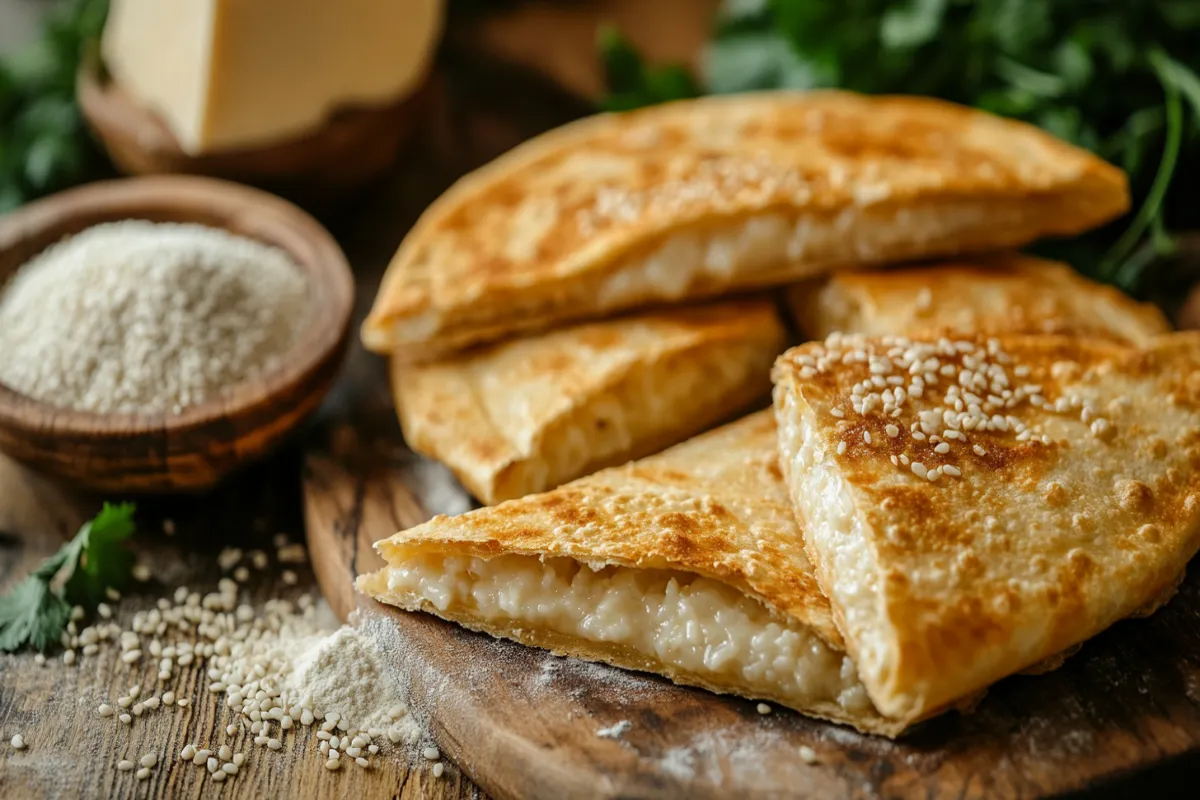
FAQs
Where did Salvadoran quesadillas originate?
Salvadoran quesadillas originated in El Salvador during the colonial era, when Spanish settlers introduced bread-making techniques. Salvadorans adapted these techniques using rice flour and local cheeses, creating a unique blend of European and indigenous flavors.
Are Salvadoran quesadillas the same as Mexican quesadillas?
No, they are different. Salvadoran quesadillas are a sweet pound cake made with rice flour and cheese, while Mexican quesadillas are savory dishes made with tortillas and melted cheese.
What is the significance of cheese in Salvadoran quesadillas?
Queso duro blanco, the cheese used in Salvadoran quesadillas, gives the dish its signature savory flavor. This savory element contrasts with the sweetness of the sugar, creating the unique sweet-salty combination that defines the recipe.
Can I make it without rice flour?
Yes, while rice flour gives the quesadilla its traditional light texture, you can use all-purpose flour if necessary. However, rice flour is recommended for an authentic taste and feel.
Conclusion
Salvadoran quesadillas are much more than a tasty treat—they’re a reflection of Salvadoran culture, history, and family traditions. Whether they are baked for a Sunday breakfast in El Salvador or served in a bakery in Los Angeles, these sweet and savory cakes represent a culinary tradition that has stood the test of time. If you haven’t tried making them yourself, now is the perfect time to bring a taste of El Salvador into your kitchen.
